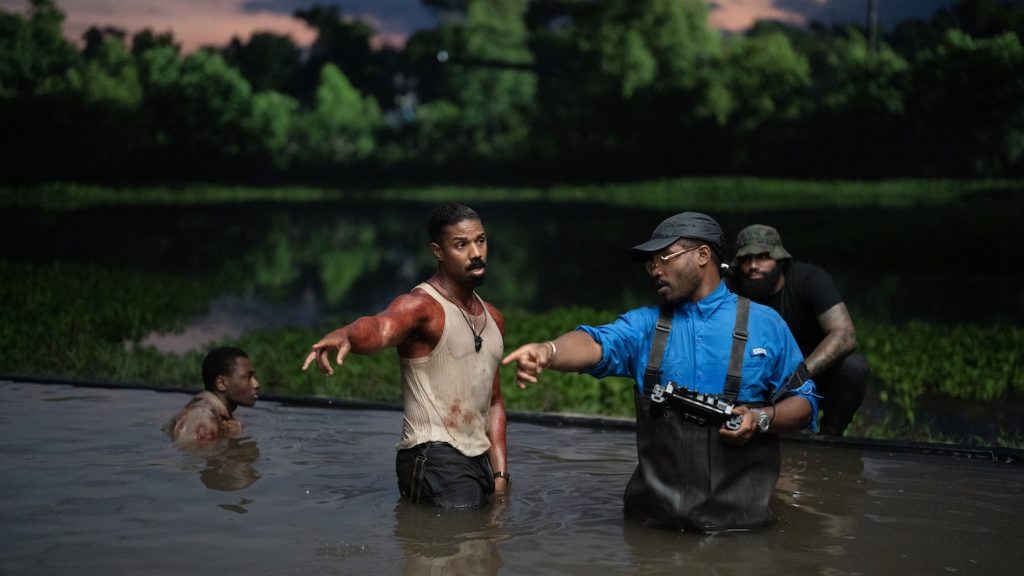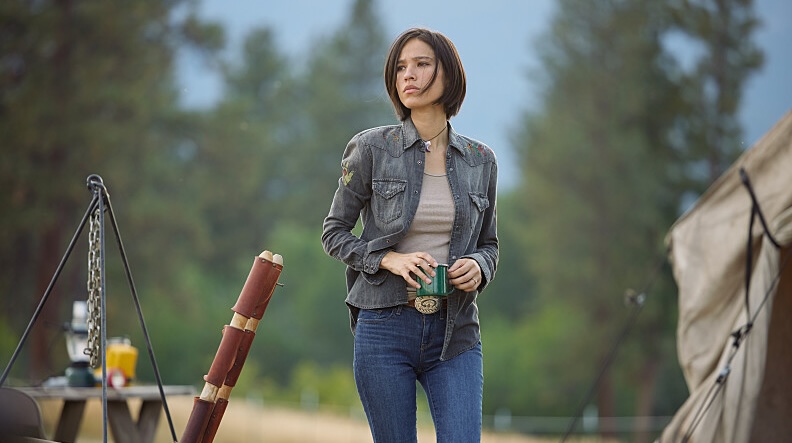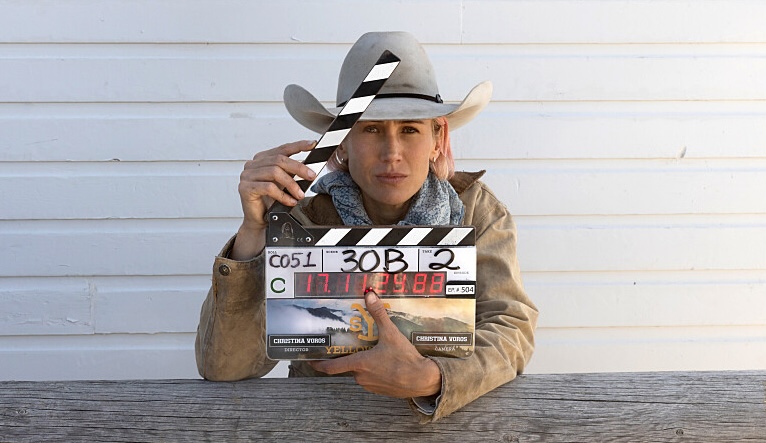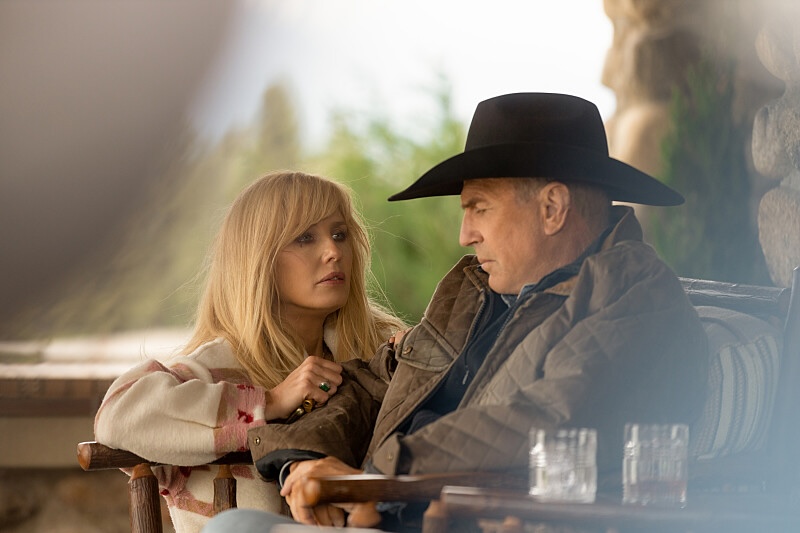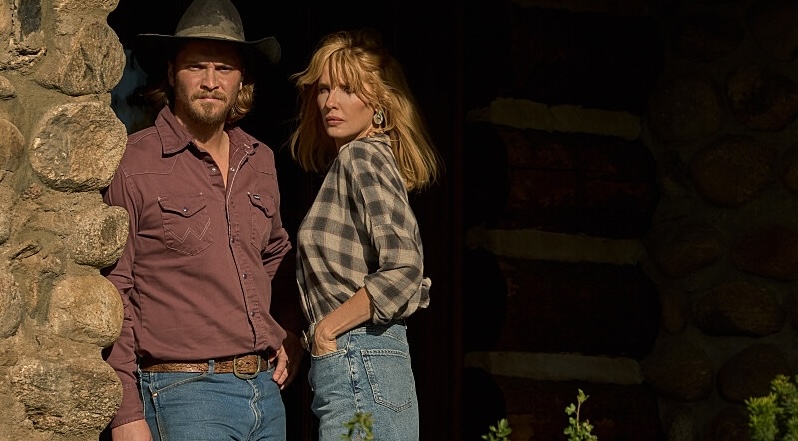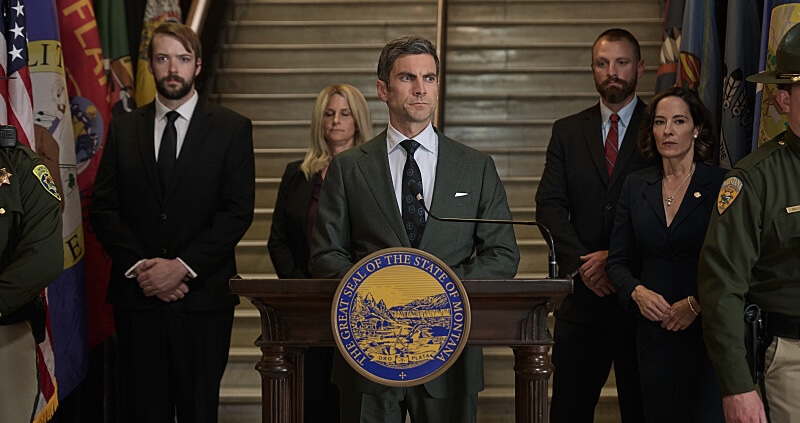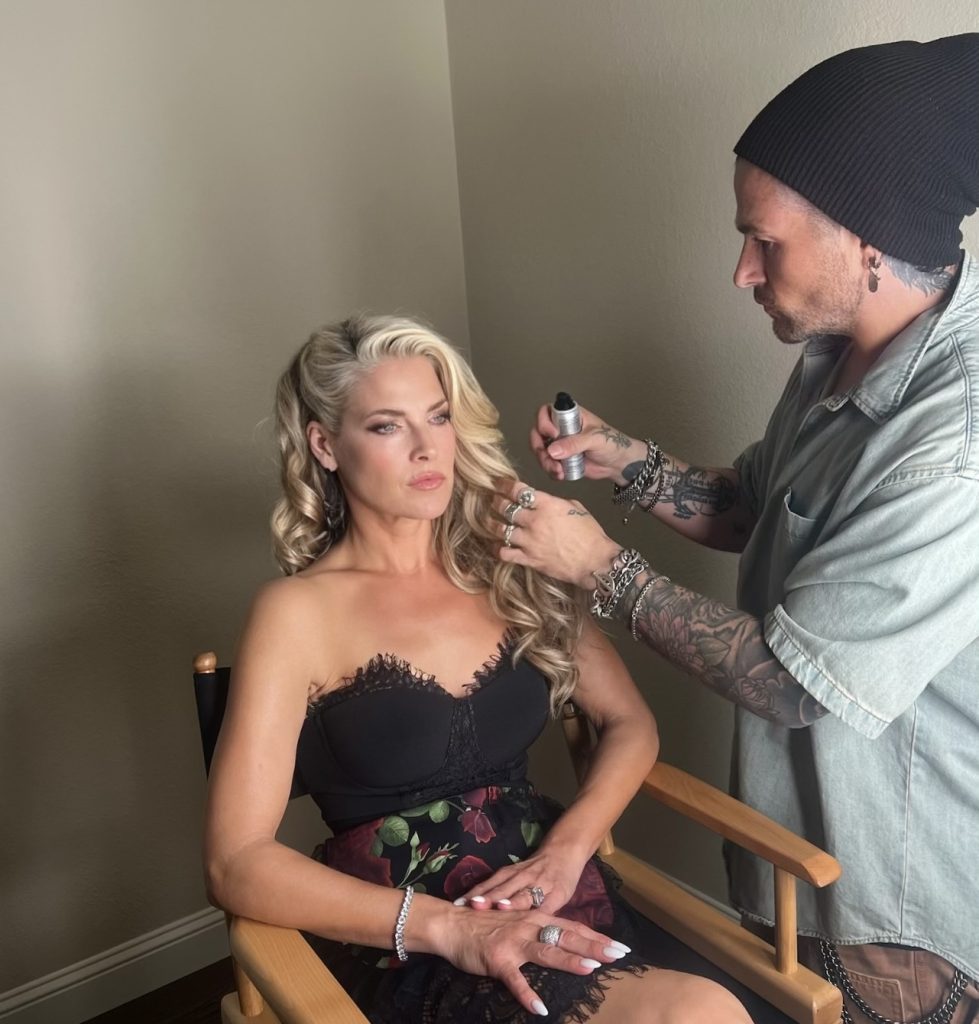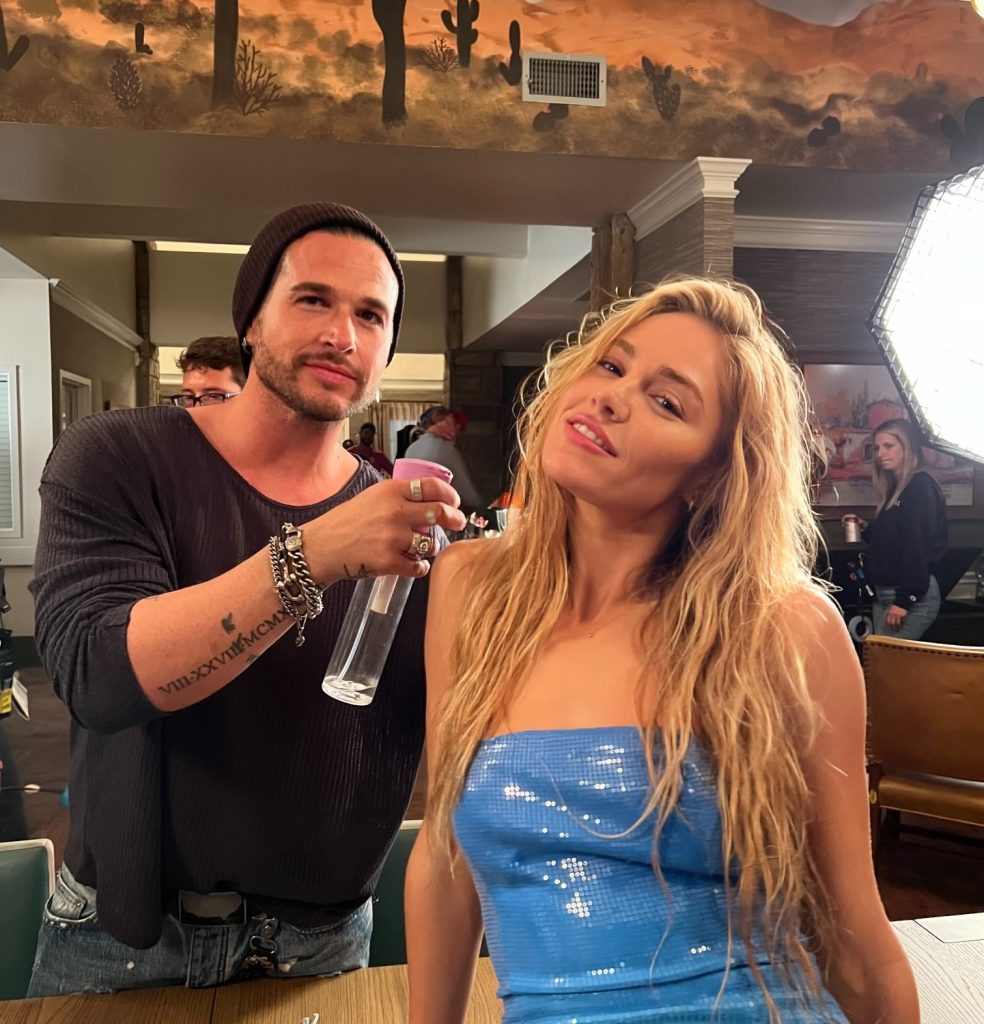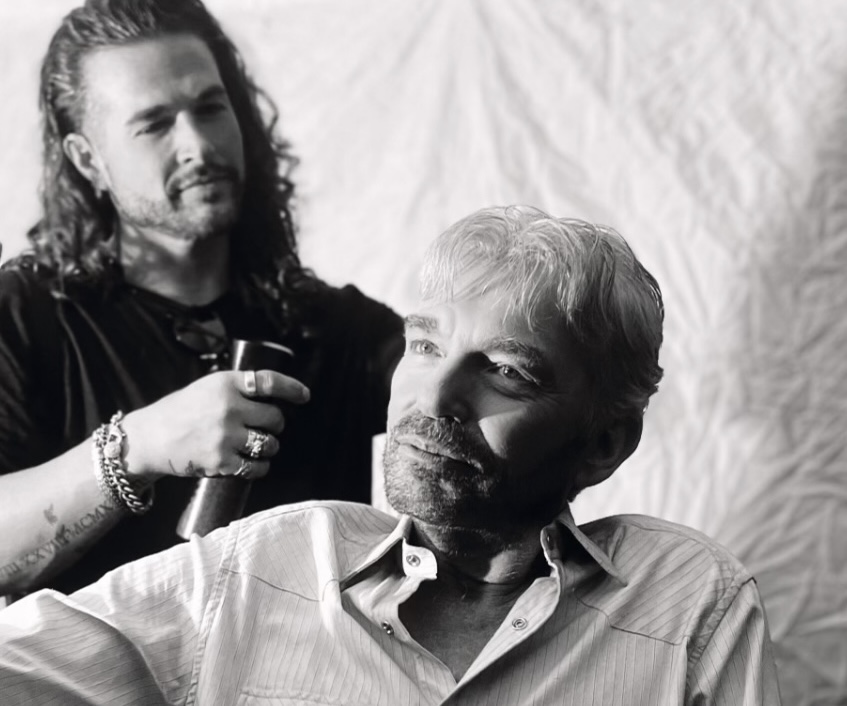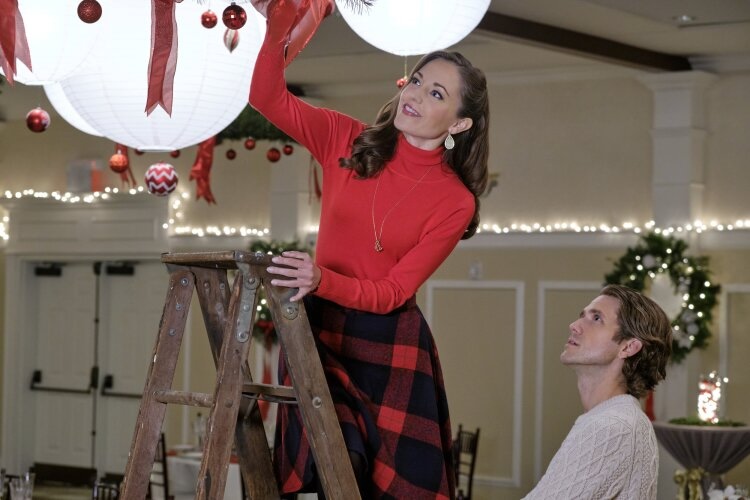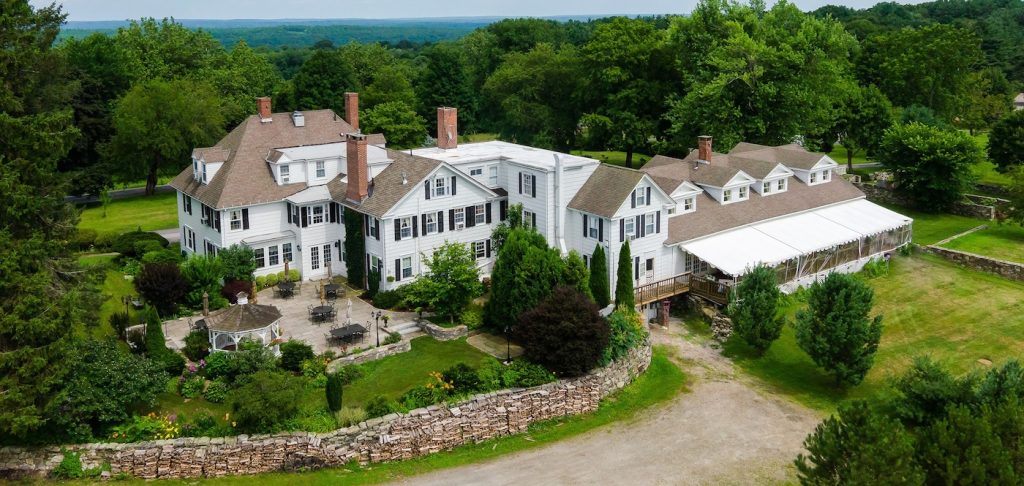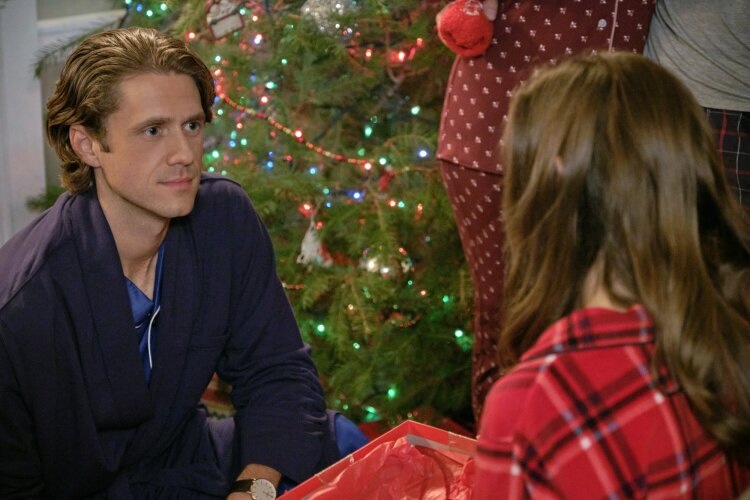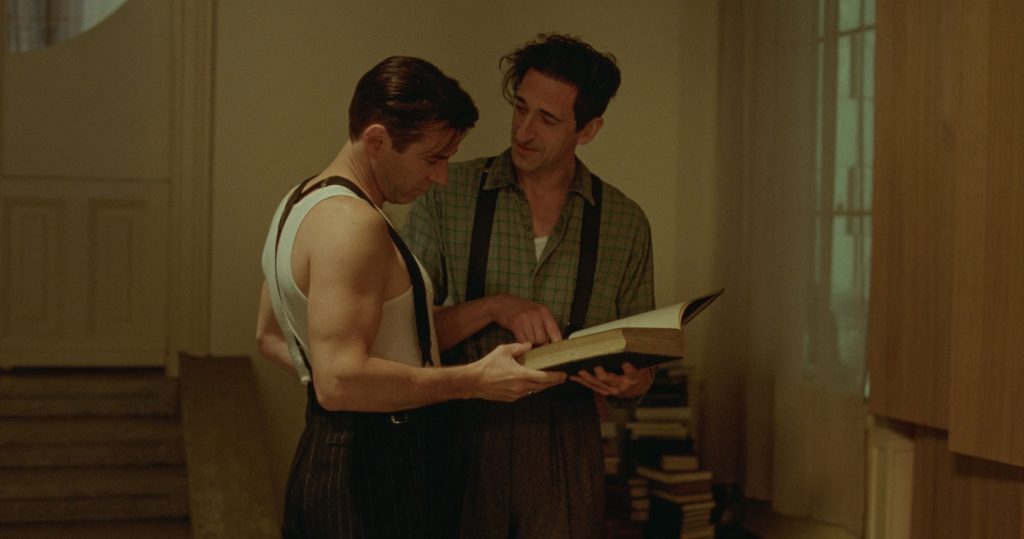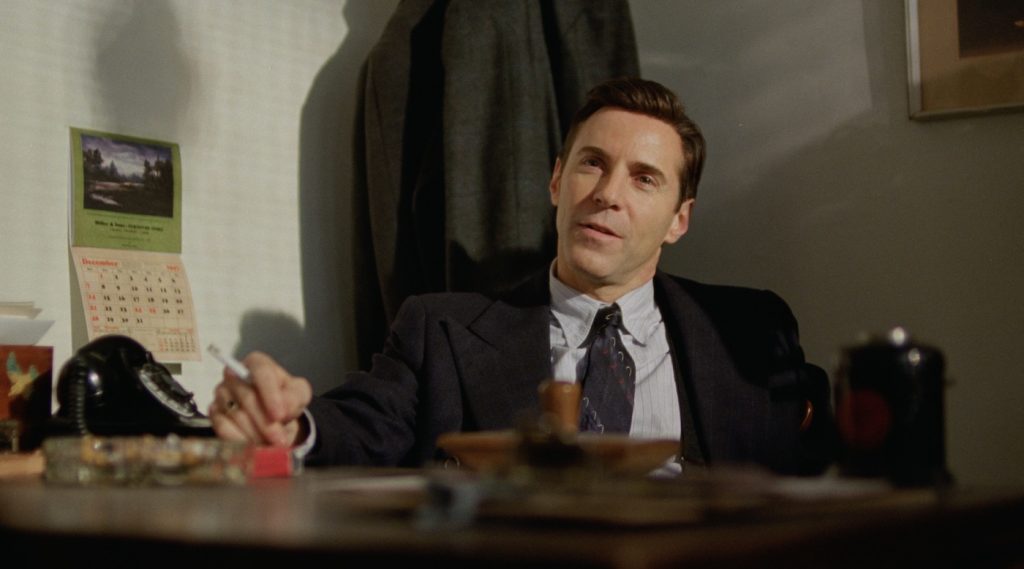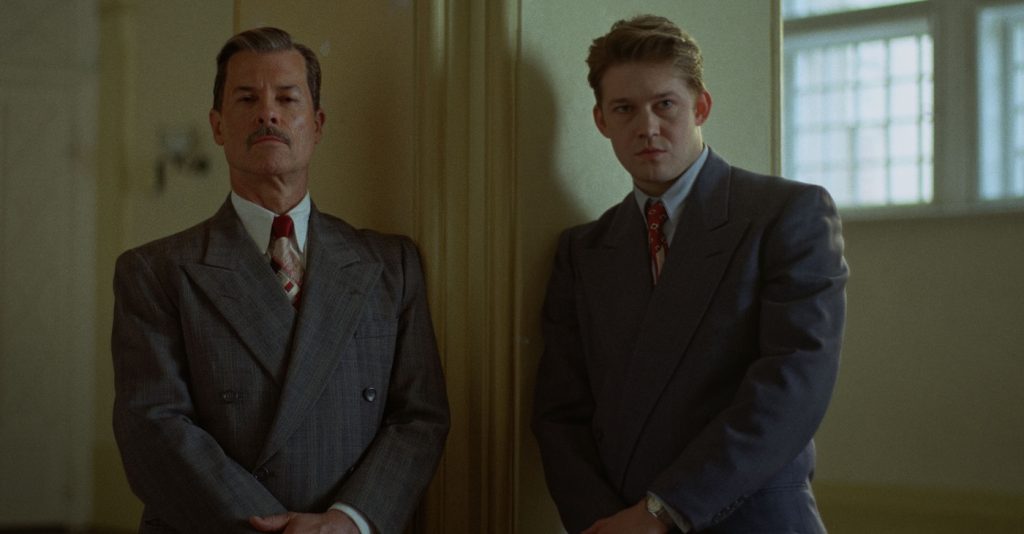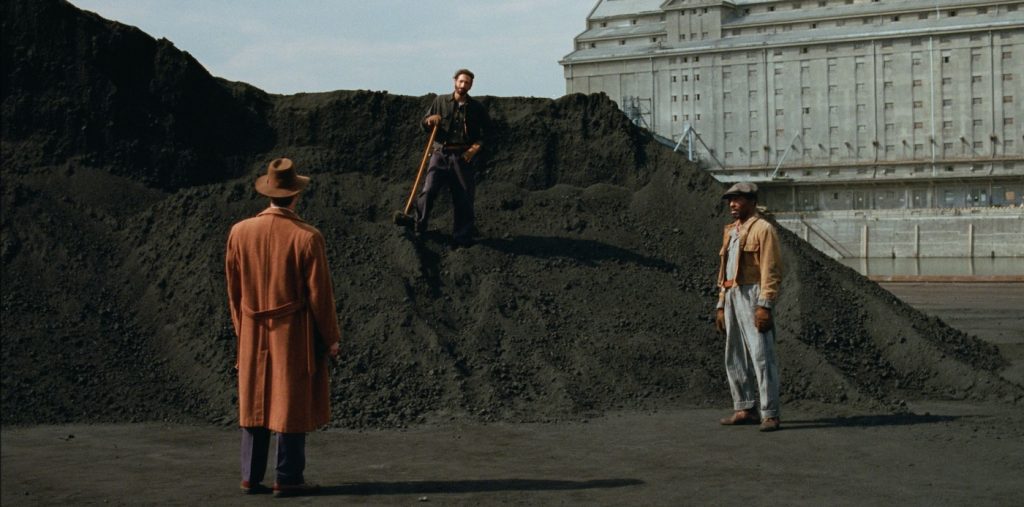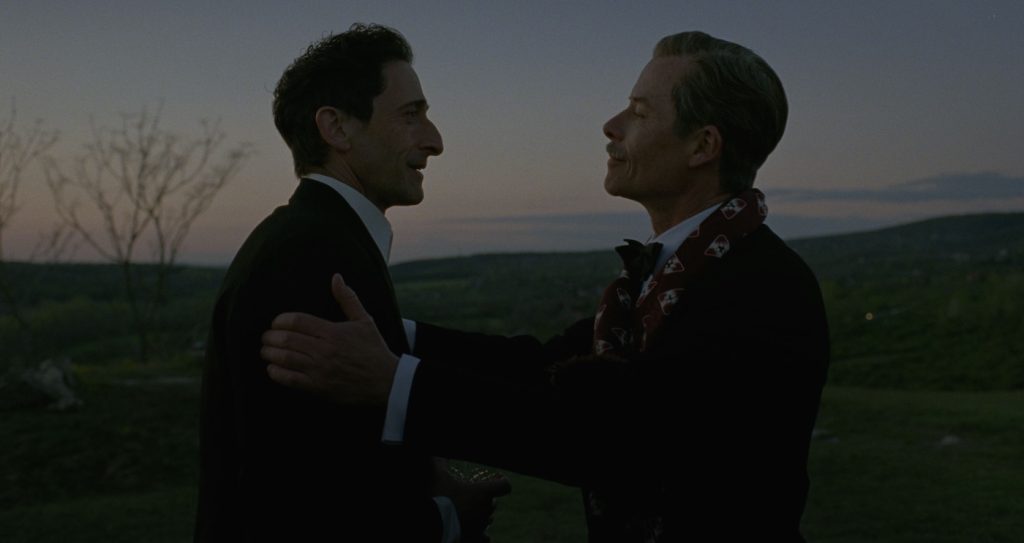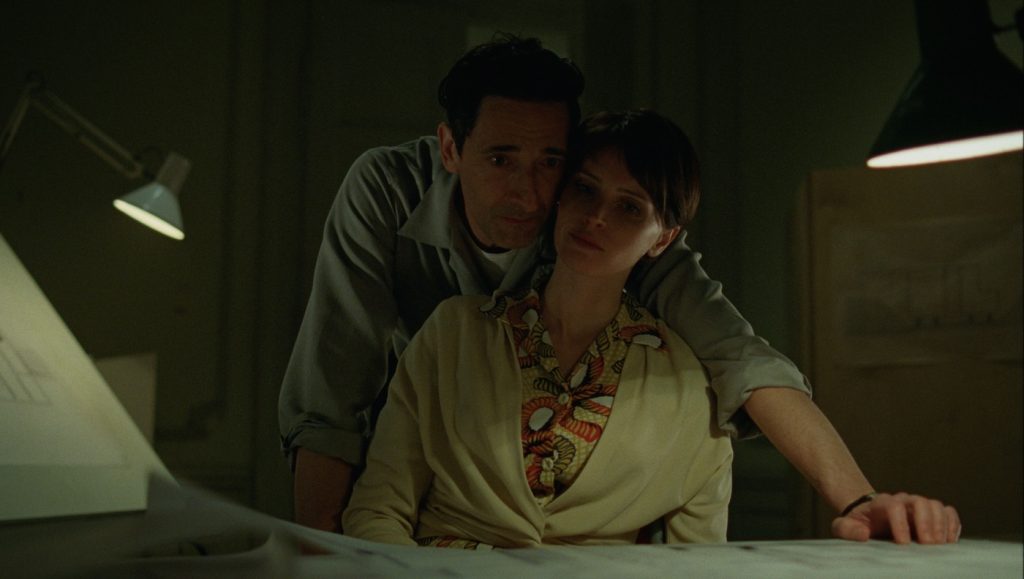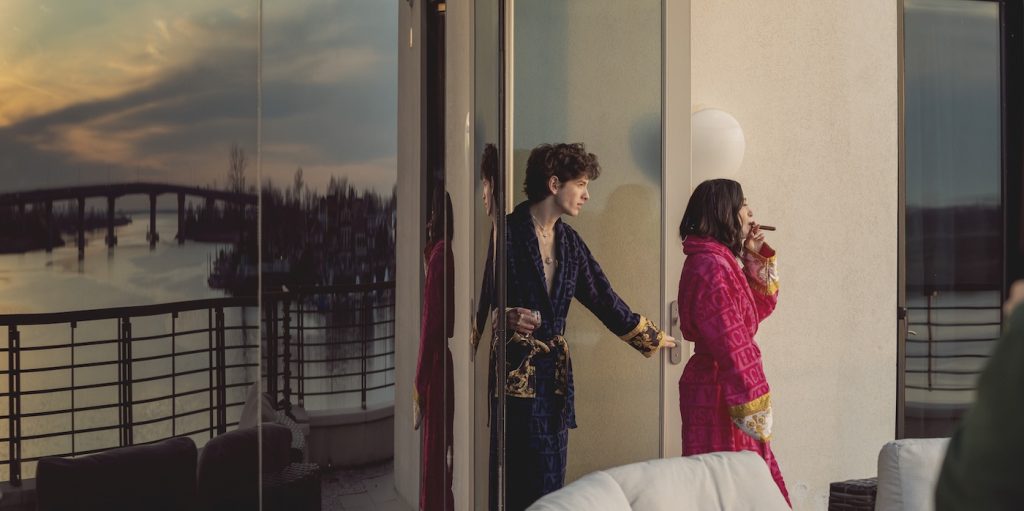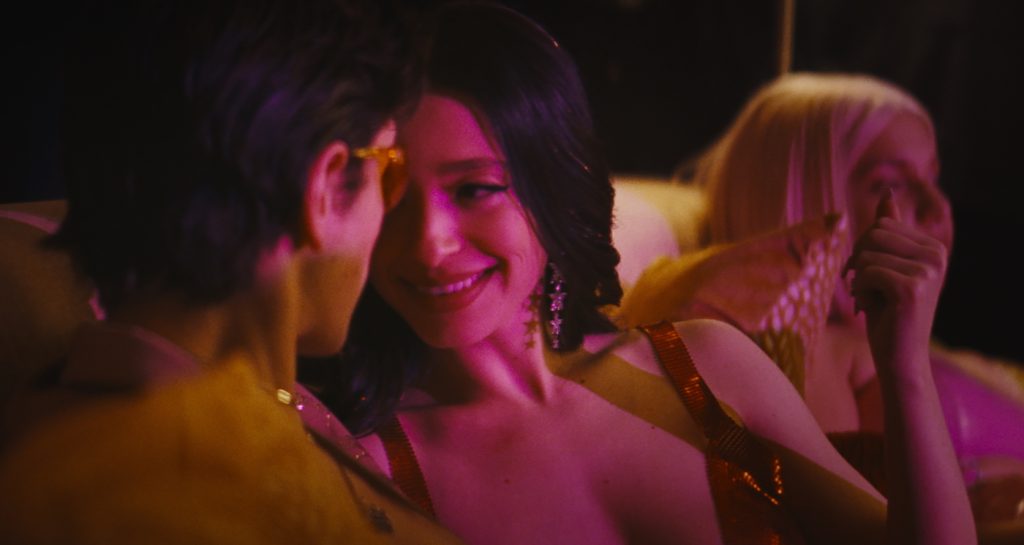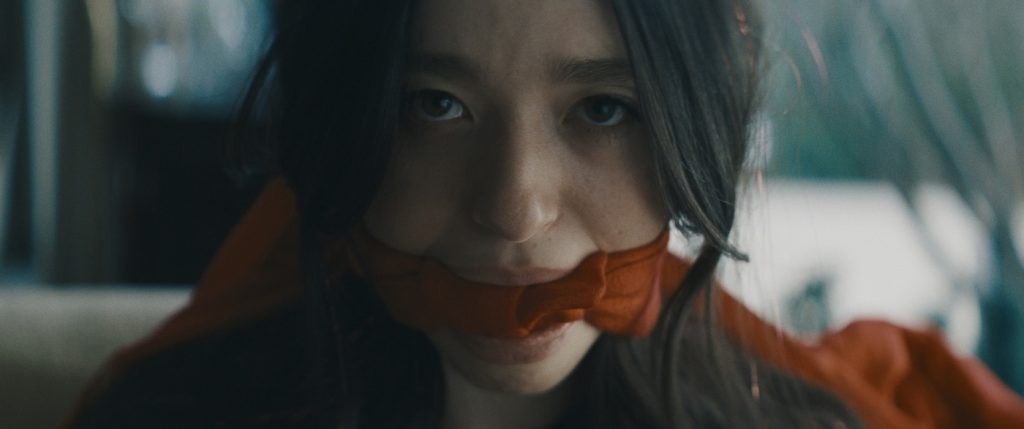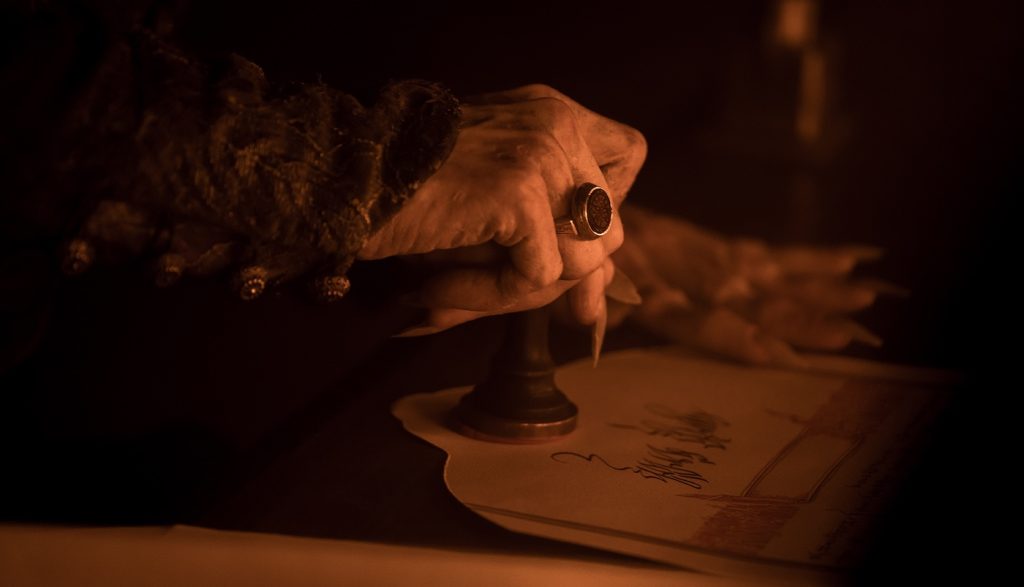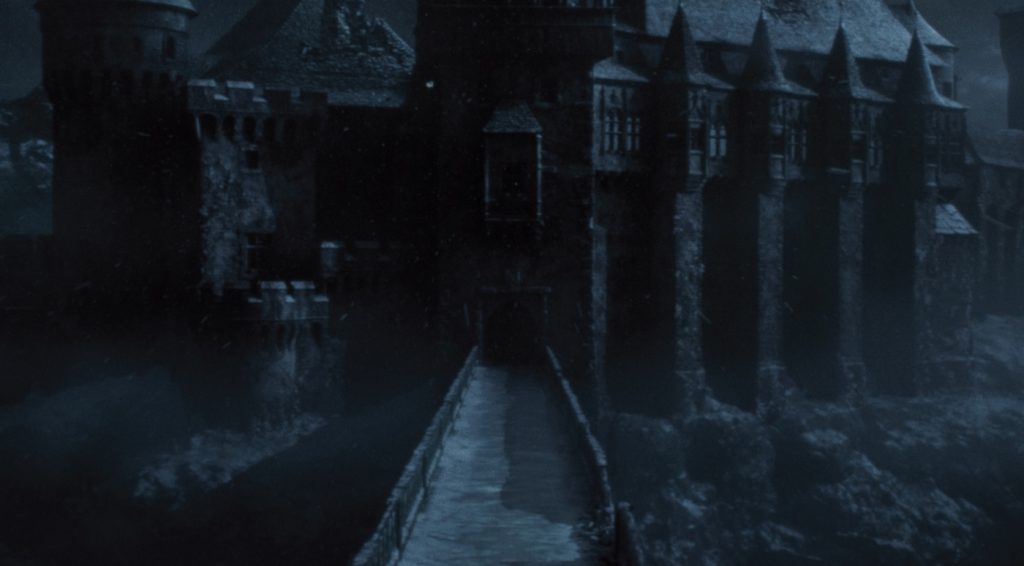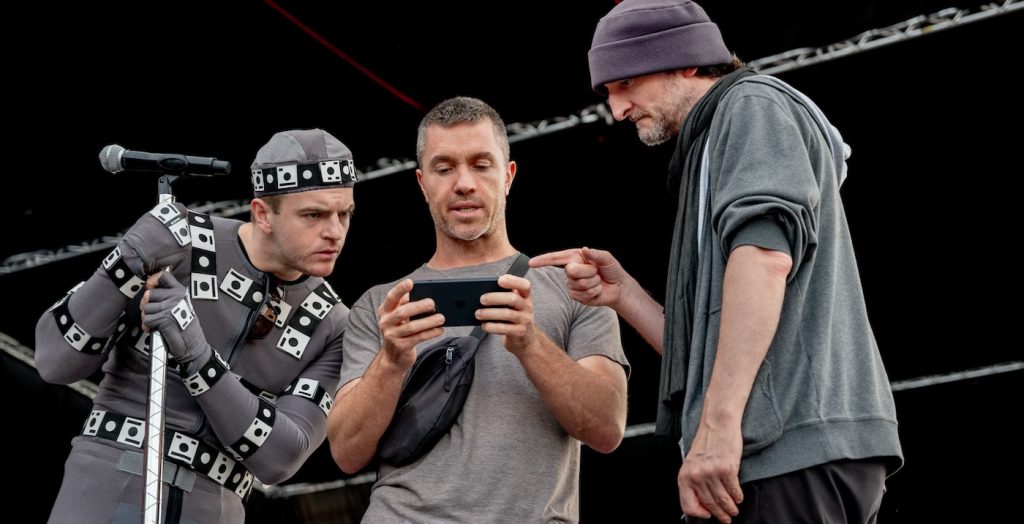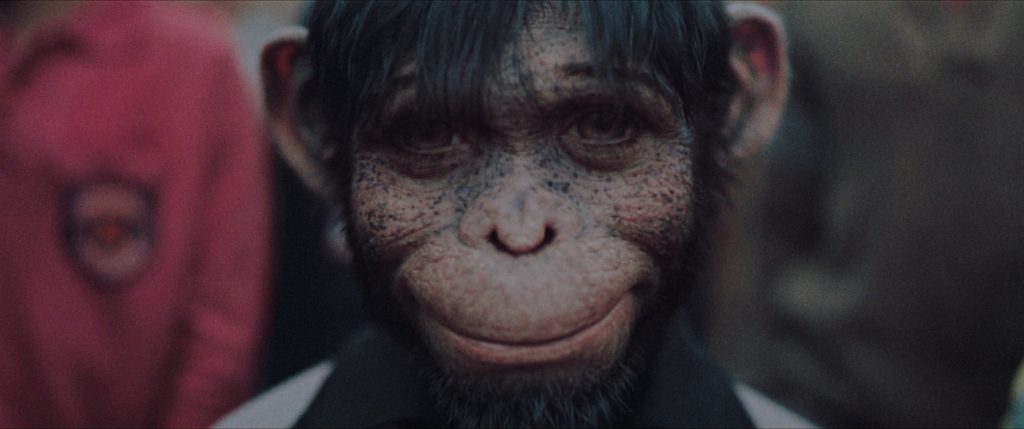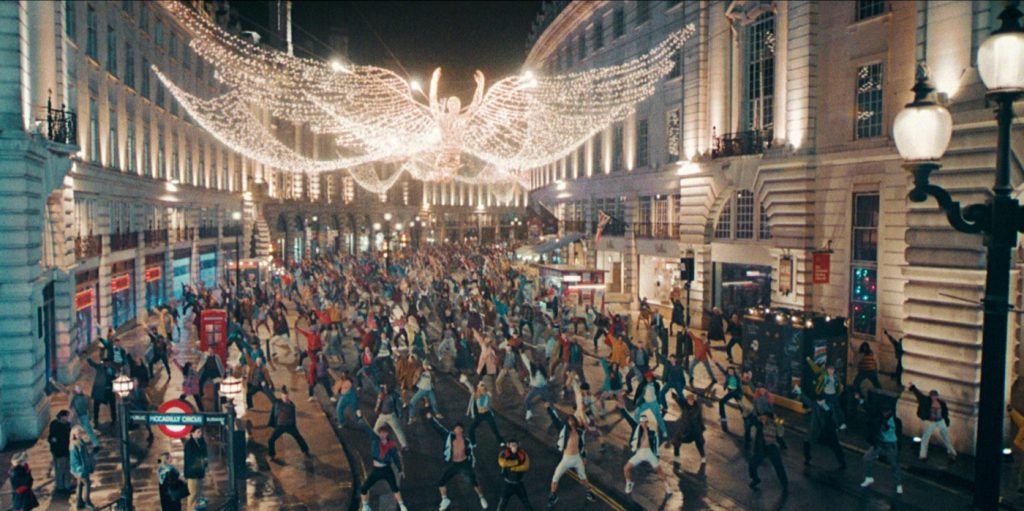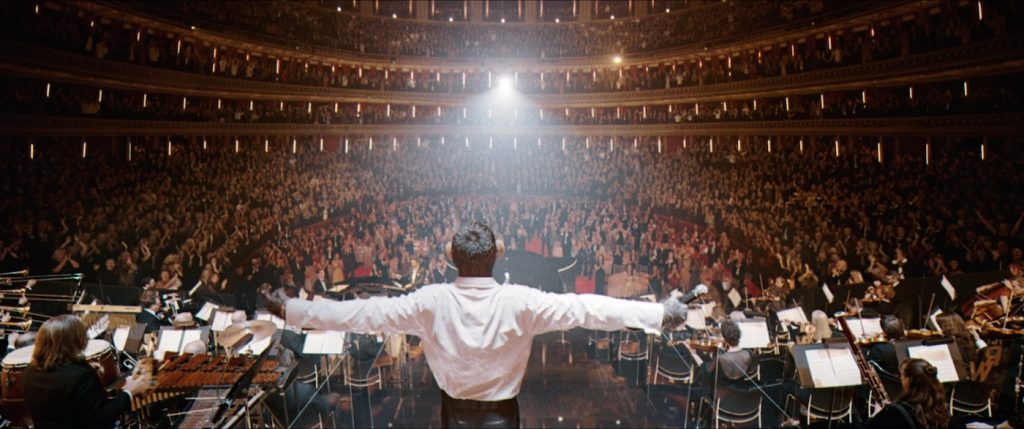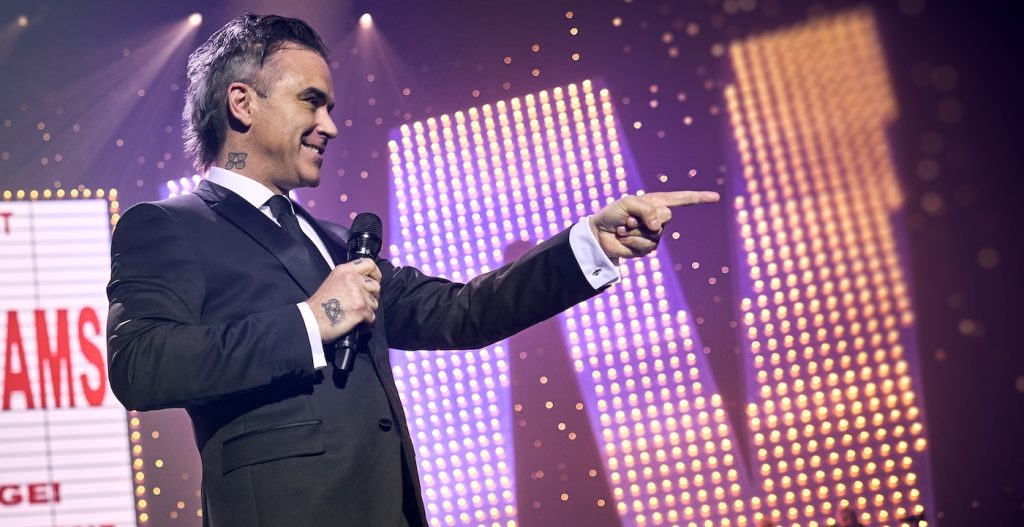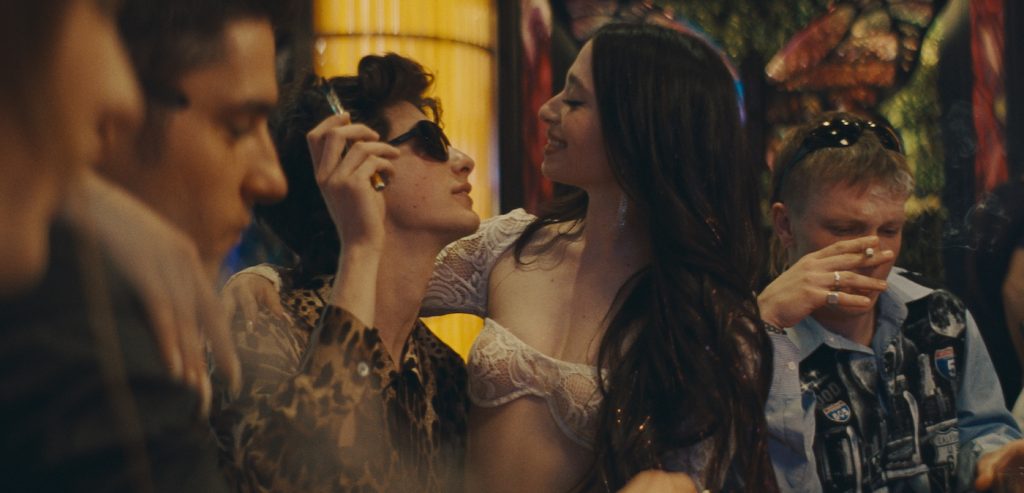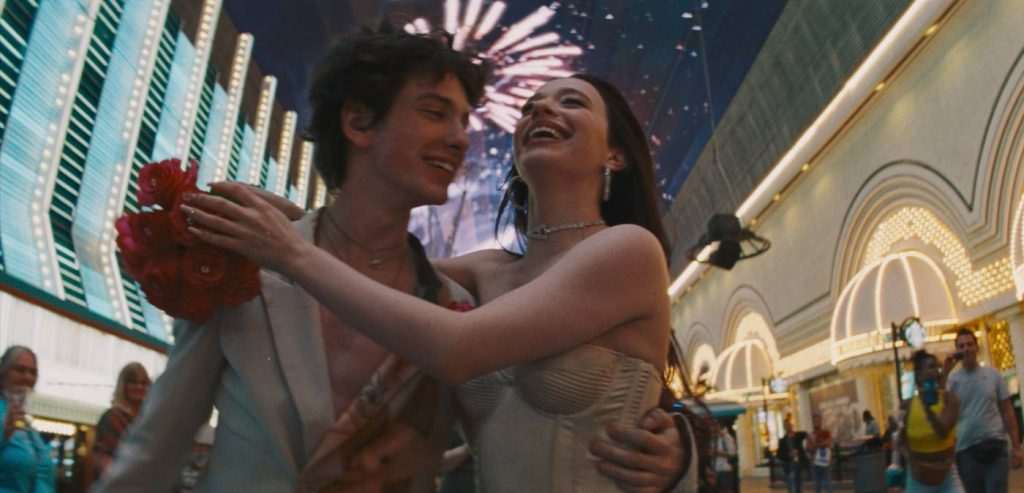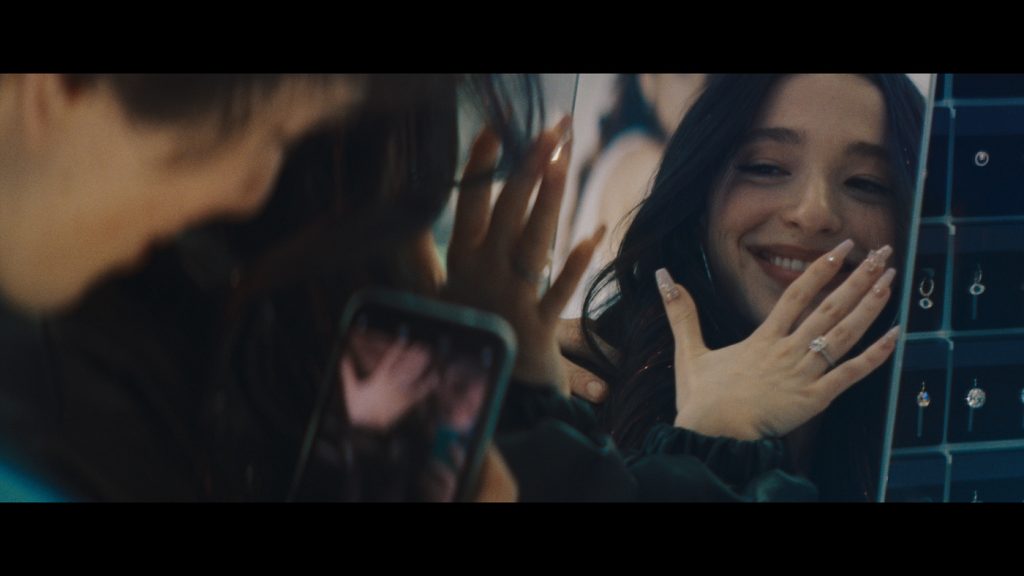Emilia Pérez made history by casting Karla Sofía Gascón, the first transgendered woman to be nominated for a best actress Academy Award. The musical melodrama from director Jacques Audiard centers on Gascón’s portrayal of Mexican cartel boss Manitas, who undergoes surgery to begin a new life as Emilia. Nominated for an astonishing 13 Oscars, the film, co-starring Zoe Saldaña (also nominated for best supporting actress), Selena Gomez, and Adriana Paz, hinges on the handiwork of chief makeup artist Julia Floch-Carbonel and her colleagues, including co-chief Simon Livet, makeup special effects head Jean-Christophe Spadaccini and artistic director Virginie Montel. They crafted before-and-after makeovers so convincing that Mantias’ wife Jessi (Gomez) fails to recognize her ex-husband after he’s transitioned to become “Aunt Emilia” to the couple’s two children.
Speaking from Lille in northern France. Floch-Carbonel, who previously did the makeup for French cross-dresser thriller Dogman, explains how Catherine Deneuve, rapper Post Malone, and The Wrestler-era Mickey Rourke inspired Gascón’s contrasting identities in Emilia Perez.
SPOILER ALERT
Your makeup has such a dramatic impact when Emilia Perez appears for the first time at a fancy London dinner party. She’s sitting right next to Zoe Saldana’s lawyer character, Rita, who has no idea “Emilia” used to be the gangster she knew four years earlier. How did you effect that transformation?
It was really important for me to take care of Karla’s beauty and really important for her, so we wanted to make Emilia seem like an apparition, a movie star.
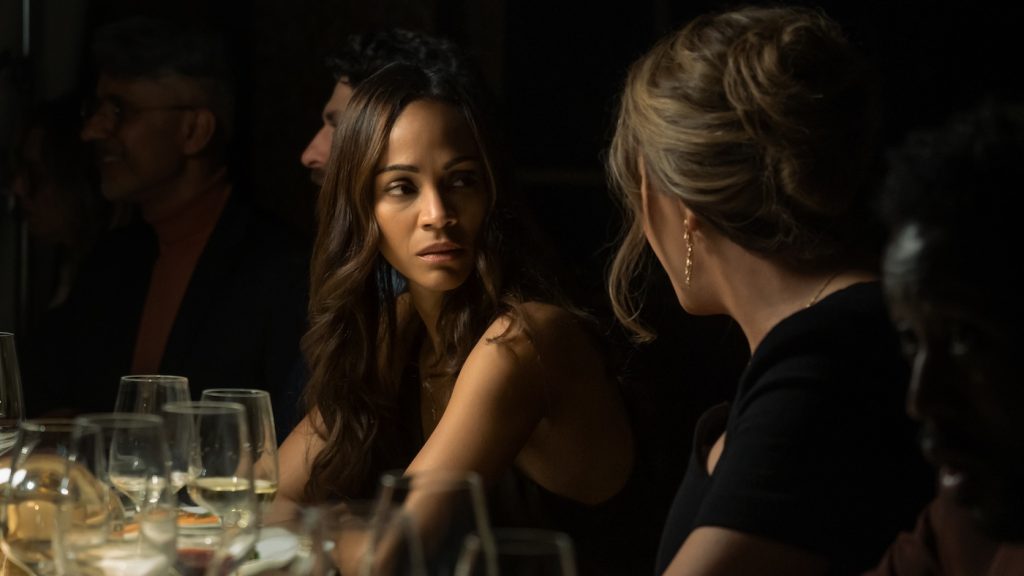

And this glamor would stand in contrast to Manitas, right?
That was our main job. We searched for a long time because we did not want to go with the obvious [choices].
Avoiding the “obvious” meaning…
We are French. We don’t do musicals. So, at first, we went a little bit classical Narcos seventies, curly hair, brown, but then Jacques said, “No, he’s not scary enough. I want scary.” So, I thought about Marlon Brando in Apocalypse Now, where there’s a lot of shadow. We never see Manitas in the daylight because he’s part of the night, and so he reminded me of Marlon Brando’s craziness. Our artistic director, Virginie, was inspired by the rapper Post Malone. I was more into Mickey Rourke in The Wrestler, with the long hair and the fake tan. I wanted someone who fought a lot but who had a lot of coquetry.
A man who can fight but also understands coquetry — an unusual combination.
It’s not that common, sadly, but yes, it somehow works here as something we’ve never really seen before.
One of the musical numbers celebrates “rhinoplasty” along with the other surgeries that would help explain how Emilia’s face looks different from Manitas’s.
It was prosthetics for Manitas’ nose, the cheeks, the [skin] texture from the amazing Jean-Christophe Spadaccini, whom I work with a lot. We added a tattoo, we added a grill [for the teeth], and then I made the forehead as long as possible.
Manitas’s skin looks kind of rough.
The skin was a prosthetic with the texture of old acne. From there, I could go in with the shadow and make his eyes look closer because eyes that look closer together feel more masculine, and for women, it’s wider. And I created makeup to make it thicker above the eyebrow. That’s one of our tricks. It’s all about finding the little things.
Manitas wears a beard, but it’s not very bushy.
The bear is not bushy because it would have covered too much of the face, which we did not want to hide like some costume trick. And also, we took off the moustache. Without the moustache, Manitas almost looked like some crazy Isis extremist.
Manitas also has grungy black hair — is that a wig?
No, that’s Karla’s own hair, with a lot of texture that we put in. I also put a lot of thinning color there to make [the hairline] as far [back] as we could. We tried this instead of the wig, and it worked.
It’s interesting that the pivotal scene where Manitas tells Zoe Saldana he wants to be a woman happens in his trailer at cartel headquarters.
When Karla’s talking as Manitas to Zoe, she’s in her trailer, trapped, just as Manitas is trapped in masculinity, trapped in this male presentation and violence, trapped at the end of the movie in a car. But she wants to express love.
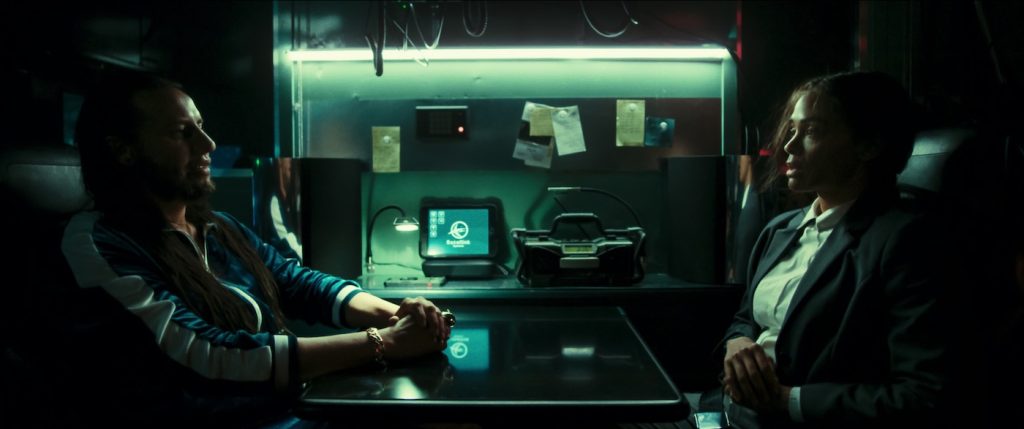
When did you start working with Karla on her characters?
I met Karla a few months before shooting. She trusted me right away because she liked what I’d done in my other work.
You mention Post Malone and others as visual reference points for Manitas. Who inspired the Emilia Perez look?
It was really inspired by Catherine Deneuve. In France, we love her. She’s beautiful, she’s a lady. She’s got something for every woman, every mother. That’s why I found this ash-blonde wig that would help Karla and myself figure out the makeup.
The makeup itself seems pretty subtle.
We start with [heavy] beauty makeup, and then we go lighter and lighter and lighter. I really love it when Emilia is at home with her kids. To me, that’s when she’s most beautiful. The main thing for Emilia is that Jacques wanted soft and modern. In real life, Karla’s beautiful, she’s fierce, and she has power. Because this is a French film, Jacques wanted that classical beauty.

Selena Gomez also takes quite a journey with her Jessi character, going from a traditional drug cartel boss wife to a sophisticated widow. How did you design her look for the first portion of the film?
In the first draft, she’s the wife of Manitas, so it’s what we, as French people, imagine as classical Mexican: brunette, long hair, curly nails, colorful fabrics, and sexiness. Four years later, Jessi’s a widow and more independent, living with her kids in Switzerland. She’s got the money and the power and gets to choose for herself so she became with this blonde, like Debbie Harry — that’s the inspiration. We all know Selena Gomez is a brunette, so what makes the wig work is that it has dark roots. Compared to the beginning of the film, when Jessi has fake eyelashes and dark eyeliner, she’s less girly and more elegant four years later. And she’s become a lover again. She’s not just a mom and a wife anymore. She’s free. And that’s the thing in this film. Emilia, Jessi, Epifania, Rita — everyone goes through a journey.
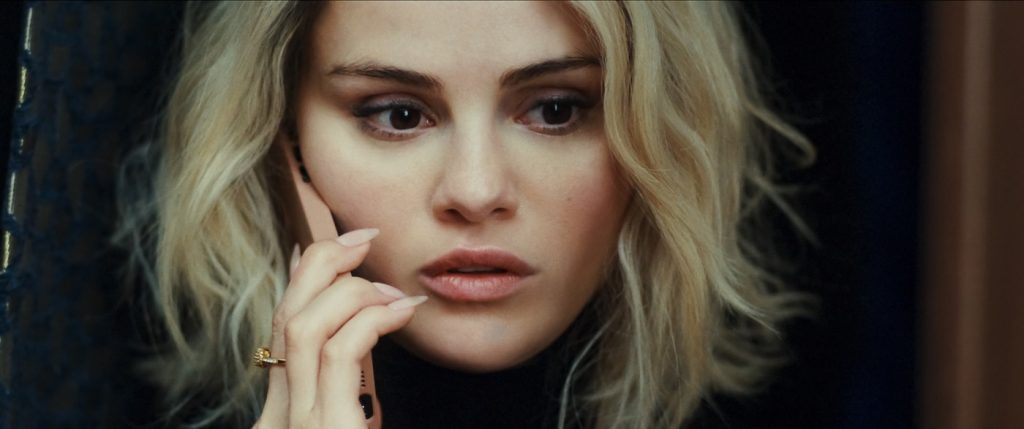
Not every movie director can claim “auteur” status, but Jacques Audiard truly seems to be the “author” of his uncompromising films, from The Beat that My Heart Skipped to The Prophet and now Emilia Perez. What’s he like to work with?
Jacques is a real artist who always speaks poetically. He’s got a lot of shimmer. Also, Jacques is very comfortable with his masculine and feminine sides. He collaborates with a lot of women surrounding him, like Juliette Welfling, who does his editing, and artistic director Virginie Montel. Jacques questions his vision all the time, and he’s always pushing. I love it.
Emilia Perez is streaming on Netflix.
For more on big titles on Netflix, check these out:
“The Room Next Door” Production Designer Inbal Weinberg is the Architect of Pedro Almodóvar’s World
Featured image: Emilia Pérez. (L-R) Karla Sofía Gascón as Emilia Pérez and Zoe Saldaña as Rita Moro Castro in Emilia Pérez. Cr. PAGE 114 – WHY NOT PRODUCTIONS – PATHÉ FILMS – FRANCE 2 CINÉMA.


